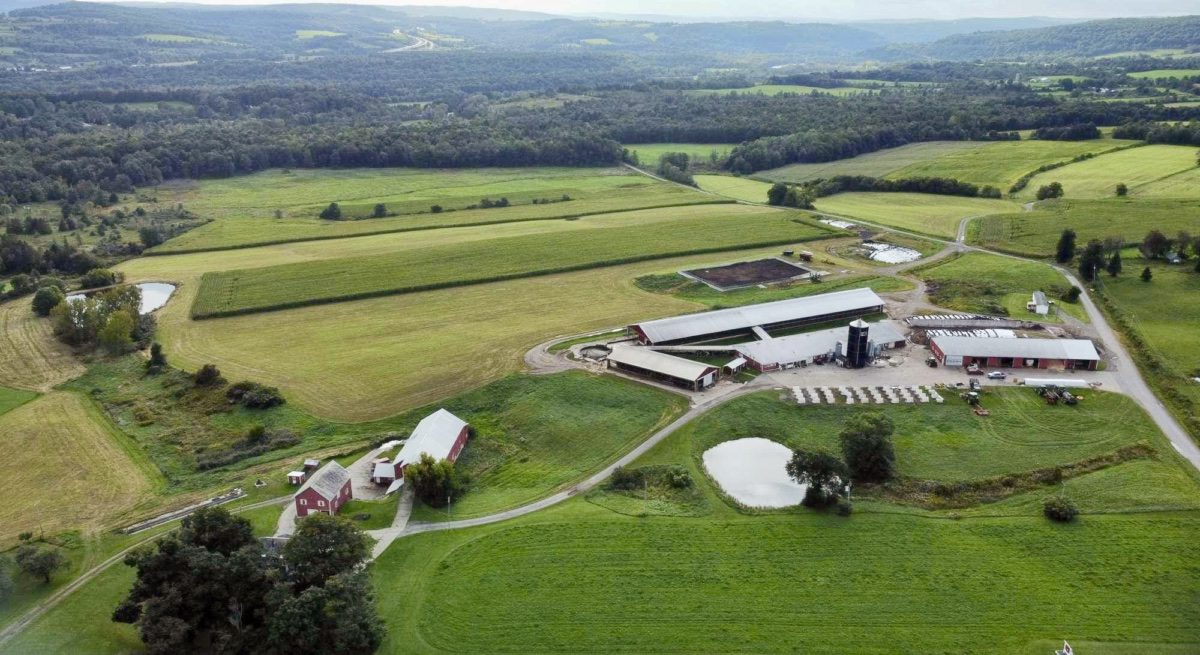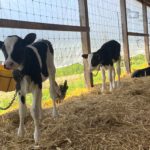Making Homemade Maple Syrup in the Mohawk Valley
How did people come up with the idea to make maple syrup?
It is a simple idea. Collect and boil maple sap and turn it into sweet delicious syrup.
Like most inventions, the discovery of making sugar from trees, and especially maple syrup, likely came about as the result of one discovery, one idea, and tweaking it just a little to see the results.
Eventually, with enough tweaks and improvements to the process over the years, maple syrup was created and the process perfected!
More Homemade Maple Syrup to Come!
We will be doing a series of posts about making your own maple syrup at home! The topics will cover:
1. How to properly identify Maple Trees (and other species to make syrup)
2. Correct way to tap the trees
3. Method you will use to collect the sap
4. Storage and transportation of your sap
5. How to make your own maple sap evaporator
6. Develop efficient Sap boiling process
7. Finishing the Maple Syrup
8. Filtering and storage of Maple Syrup
Seasonal temperatures are just right to collect and make your own maple Syrup!
How it All Began
The history of making maple syrup, from what I have learned, began with the first nations people who knew a lot about the qualities of maple sap. They taught the first Europeans that arrived to the area what could be done with the sap of the Maple Trees.
So, you may ask, “How is homemade maple syrup made?”
Making maple syrup is made through the process of boiling down the maple sap until you have maple syrup. This process of evaporation is how sugar has been made for hundreds of years. The basic steps for making your own maple syrup are:
1. Identify Maple Trees that you can tap which we talked about in a previous post
2. Tap a few maple trees and collect the sap
3. Boil down the sap to make Maple Syrup
As with most things that are simple, there are few details and processes to consider the first time trying to make your own maple syrup. But if you like being outside doing an enjoyable late-winter activity with family and friends, then making your own maple syrup is just the ticket!
Collecting Maple Sap
Once you have tapped your trees you’ll want to think about how you will collect, transport, and store your sap while you are waiting for the first sap run of the season. You will need about 40 gallons of sap in order to make about 1 gallon of syrup.
 Two things to consider when storing maple sap.
Two things to consider when storing maple sap.
1. Sap will go bad if not stored properly.
You will need to store the sap in a cool place out of direct sunlight – just like milk. You can use coolers with ice, refrigerators, and even freezers. If the weather stays cool enough you can store sap in food-grade buckets outside. It is best to also cover them to block out the sun, and bury them with snow if there’s still some on the ground.
2. Have enough storage.
You can expect to collect between 15-20 gallons of sap from each tree over the course of the season. Depending on how many trees you tap, this amount can add up quickly. You will need some way to temporarily store your sap if you are not able to boil it right away.
We have a small freezer and refrigerator in our basement. We can store up to 30 gallons, or 6 buckets, of the sap we collect during the week until we can boil it down on the weekends.
To help you on your maple syrup making journey we have added a resource page to help you learn more all about Mohawk Valley Maple Sugaring. On this page you’ll find seasonal updates for making your own our own maple syrup, along with any upcoming Maple Weekend events in the Mohawk Valley.
If you cannot make your own maple syrup, you can easily buy some made right here from local Mohawk Valley Maple producers!
Additionally, there are links to more in-depth educational videos from Cornell Maple Program. We have also added links for some interesting recipes that use maple syrup. We continue to add information and resources to this page!
Thanks so much for joining us and be sure to check back again real soon!



















 Open houses for farmers and farmland owners, photo by Mohawk Valley Today
Open houses for farmers and farmland owners, photo by Mohawk Valley Today